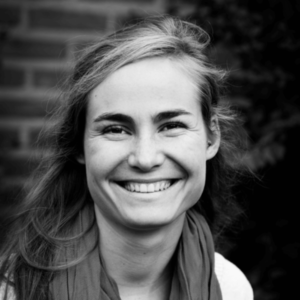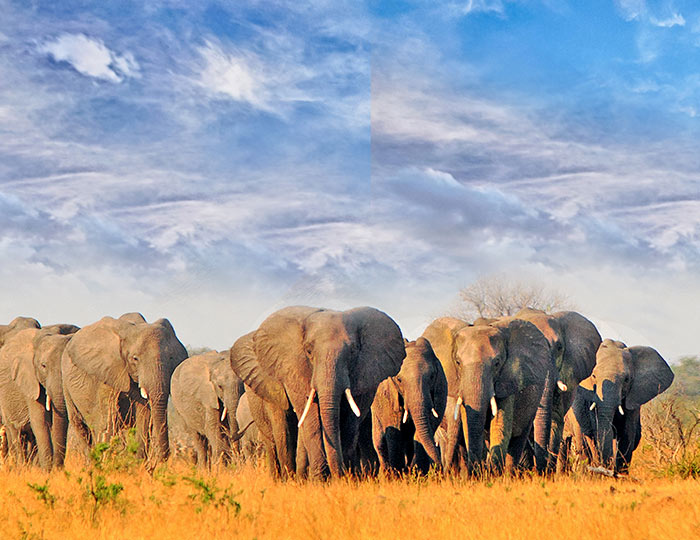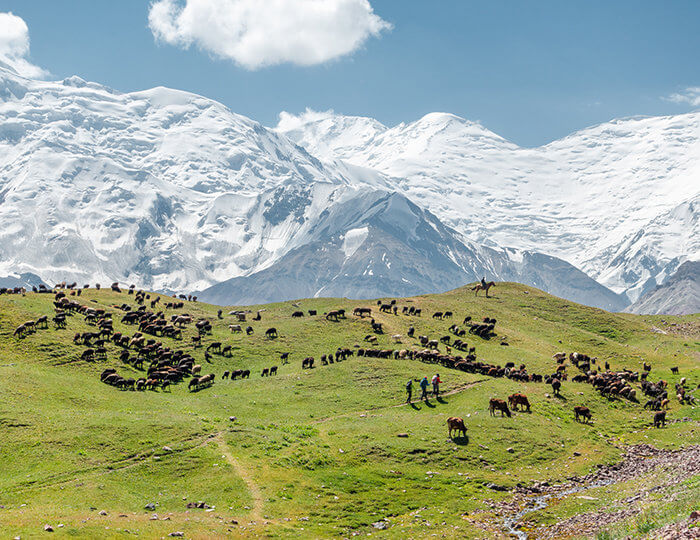
Caroline is working with the behavioural dimension of human-environment interactions. She is interested in how our behaviours and actions shape the very contexts in which we live and how these contexts in turn shape us and our behaviours.
One of the main questions she is working with is how potentially catastrophic environmental changes and associated uncertainties are perceived, and how they influence behaviours, and in particular the capacity and willingness of people to cooperate and sustain critical shared resources.
Her research is informed by different bodies of literature, most prominently sustainability science, behavioural economics, and cognitive and social psychology. She uses a combination of methods, including behavioural economic experiments, surveys, and agent-based modelling. The experimental technique, her main method, she applies both in the lab (with students) and the field (with different resource users).
She is part of the Behaviour, Economics and Nature (BEN) programme and member of the Beijer Young Scholars 2 group.
Selected Publications
A more dynamic understanding of human behaviour for the Anthropocene
Schill, C., J. M. Anderies, T. Lindahl, C. Folke, S. Polasky, J. C. Cárdenas, A.-S. Crépin, M. A. Janssen, J. Norberg, and M. Schlüter. In press. A more dynamic understanding of human behaviour for the Anthropocene. Nature Sustainability.
READ MORECollective action and the risk of ecosystem regime shifts: insights from a laboratory experiment
Schill, C., T. Lindahl, and A.-S. Crépin. 2015. Collective action and the risk of ecosystem regime shifts: insights from a laboratory experiment. Ecology and Society 20(1):48.
READ MOREInequality and the Biosphere
Hamann, M., K. Berry, T. Chaigneau, T. Curry, R. Heilmayr, P. J. G. Henriksson, J. Hentati-Sundberg, A. Jina, E. Lindkvist, Y. Lopez-Maldonado, E. Nieminen, M. Piaggio, J. Qiu, J. C. Rocha, C. Schill, A. Shepon, A. R. Tilman, I. van den Bijgaart, and T. Wu. 2018. Inequality and the Biosphere. Annual Review of Environment and Resources 43(1).
READ MORENEWS



